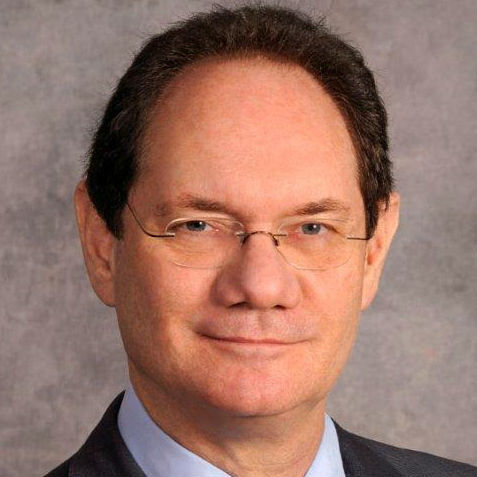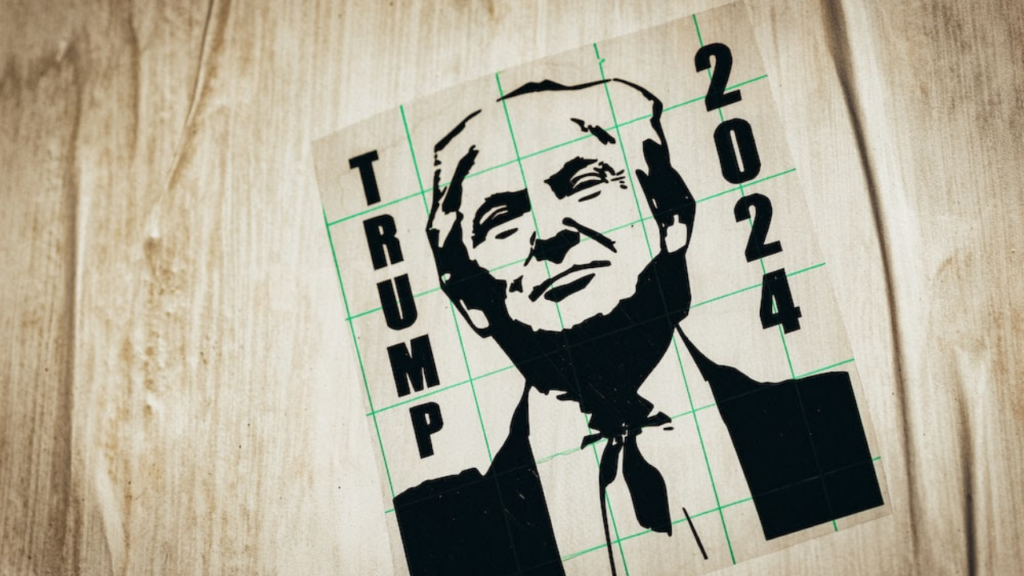In statistics, when forecasts don’t work statisticians dig deep to see if explanatory variables not originally included in the model might have been wrongly excluded. When it comes to recent US elections, one such explanatory factor stands out, which I dub the Trump ‘dummy variable’.
No, that is not a comment on his intellect. A ‘dummy variable’ is a special case that helps explain something new, in this case about recent US elections. As I show below, the Trump effect is big, but its impact might not be what the conventional wisdom believes. Rather, the data suggest that Trump consistently hurts his and his party’s election chances. And in the 2024 election whose outcome will probably be determined by how ‘independents’ break, that could be decisive.
Dummy variables
When forecasters err and retreat to their drawing boards, they assess what went wrong and how to fix their models. After recent surprising national political outcomes in 2016, 2020 and again in 2022, such recalibration entails adjustments for at least two main variables. The first is Donald Trump. The second is the growing army of independent voters who eschew both ends of the polarized political spectrum.
One of the most celebrated political forecasters is an economist, Yale Professor Ray Fair. Professor Fair only utilizes economic variables to project outcomes of Presidential and Congressional elections. He models the two parties’ shares of the popular vote with two independent explanatory variables. The first is the annualized growth of per capita real GDP in the three quarters before the November election. The second variable is inflation, as captured by the annualized growth of the GDP deflator price index over the fifteen quarters prior to the election.
What has been Fair’s success rate in picking the presidential electoral college winner? In the eleven presidential elections since 1980, his model’s forecasts of the two-party share of the popular vote correctly predicted the electoral vote winner in nine cases, for a not-too-shabby success rate of 82%. It should be remembered that in America’s presidential election system, the eventual winner need only get a majority of electoral college votes, even if he (or she) loses the popular vote. Such was the case, for example, in 2000 and again in 2016.
It is also possible to examine Professor Fair’s success in predicting shares of popular votes in the most recent two Presidential and off-year Congressional races. Such an exercise may be telling in assessing the electoral college winner in 2024.
Professor Fair reports that in the 2016 and 2020 Presidential elections his models underpredicted the Democratic Party’s share of the total two-party popular vote by 7.2 percentage points in 2016 and 4.3 percentage points in 2020. His models for the mid-term House of Representative elections underpredicted the Democratic Party’s share of the nationwide two-party popular vote by 3.7 percentage points in 2018 and 1.8 percentage points in 2022.
In other words, the Republican party under Donald Trump’s leadership consistently has been garnering fewer votes than if there had been the more normal relationships between votes and economic conditions.
The evidence suggests that something about Trump’s public personality, qualifications, or policies has subtracted from the popular vote total that the Republican Party could have been expected to receive in every election (presidential or congressional) since 2016.
That’s worth repeating: The Republican party under Donald Trump’s leadership consistently has garnered fewer votes than if there had been the more normal relationships between votes and economic conditions. Bluntly, Donald Trump is an electoral liability for his party and for himself.
That conclusion is, for pollsters and pundits, (to say nothing of ordinary Americans) of considerable interest. For statisticians and economists, it points to the presence of a previously insignificant but now quite important election variable, the Trump effect. As forecasters, we must adjust our prediction models to account for that variable.
Doing so entails examining the recent forecast errors, which statisticians call “residuals”, to understand what was happening when the models were off track. In the language of statisticians, one should “squeeze the residuals until they squeak”. Sometimes, as seems to be the case with Trump today, what’s missing from an errant model is a hard-to-quantify potential causal factor. If that’s the case, a statistical remedy is to include a binary variable taking on the value 1.0 when the causal factor is present and zero otherwise. Statisticians call this a “dummy variable”.
In the 2024 elections forecasters might label it the “Trump dummy”. Its sign and magnitude (i.e., impact coefficient) will reflect in-sample re-estimates of the model’s parameters including the added dummy variable. Since the Fair models have understated the Democratic vote share since 2016, the Trump dummy should have a positive sign. Employing a dummy variable should then improve the overall model’s explanatory and forecasting powers.
In his last simulation of the 2024 election (published in October 2023), Professor Fair forecasted a 51.03% Democratic share of the two-party total 2024 presidential popular vote. The assumed values of the independent variables were a 1.4% annualized growth rate for real per capita GDP in the first three quarters of 2024 and a 4.8% annualized growth rate of the GDP price deflator price index over the fifteen quarters extending through the third quarter of 2024 (which now appears too high, an outcome that should boost the Democrats’ chances).
But that approach does not employ our suggestion for a Trump ‘dummy variable’. How much might the presence of Donald Trump at the top of the Republican ticket potentially augment Professor Fair’s projected 51.03% Democratic party share of the 2024 Presidential popular vote? The answer depends on the magnitude assigned to the Trump dummy variable.
At the high end of the range, it could add as much as 5.8 percentage points (the average of the model’s two forecasting errors in 2016 and 2020) to the Democratic Party’s share of the 2024 Presidential popular vote, resulting in a landslide Democratic victory with 56.8% of the popular vote.
Of course, realized real growth and inflation before the election might be very different from that assumed in Professor Fair’s most recent published estimates. And the whopping +5.8 percentage point magnitude assigned to the Trump dummy variable could be wrong. It is, after all, only based on two observations: 2016 and 2020. Still, the data suggest that the Democrats vote share could be significantly over and above what economic growth and inflation suggest, given the mere presence of Donald Trump at the top of the Republican ticket.
The role of independents
But ultimately, another issue remains critical—how independents (those who do not refer to themselves as Republicans or Democrats) break in the election. The independent share of the total voting population at the time of the 2022 mid-term Congressional elections was an estimated 35%, or roughly 50% higher than two decades earlier. Independents were the swing voters who helped to elect Trump in 2016 and then “fired” him in 2020. Between 2016 and 2020, Trump’s share of the overall popular vote fell by 2.4 percentage points. At the same time, his share of the independent vote swung from a 4-percentage point rise in 2016 to a 13-percentage point decline in 2020.
Consider, too, the following assessment of the 2022 mid-term Congressional election outcome titled “The GOP’s Lost Independents”, which appeared in the November 14, 2022 edition of The Wall Street Journal:
“According to Gallup polling, in October before the election 33% of voters identified as Republicans, 29% as Democrats and 35% as Independents. In that October survey, 48% of self-identified Independents said they were leaning Republican and 42% said they were leaning Democrat. However, in post-election exit polls in November the Democrats’ positive vote advantage among Independents was an estimated 2 to 4 percentage points.”
Final remarks
In conclusion, we acknowledge the treacherous nature of election forecasting. Much can still change, and nothing is certain with the elections still nine months away. The economy, as Professor Fair’s track record suggests, remains decisive and growth, employment, or inflation could look very different in November 2024 than they do today.
Nevertheless, should President Biden defeat his presumptive Republican opponent Donald Trump, the economy and Trump’s negative perceptions are likely to be the reasons why independents will swing in favor of Biden.
In that case, Republicans may rue the presence of the Trump ‘dummy’.

